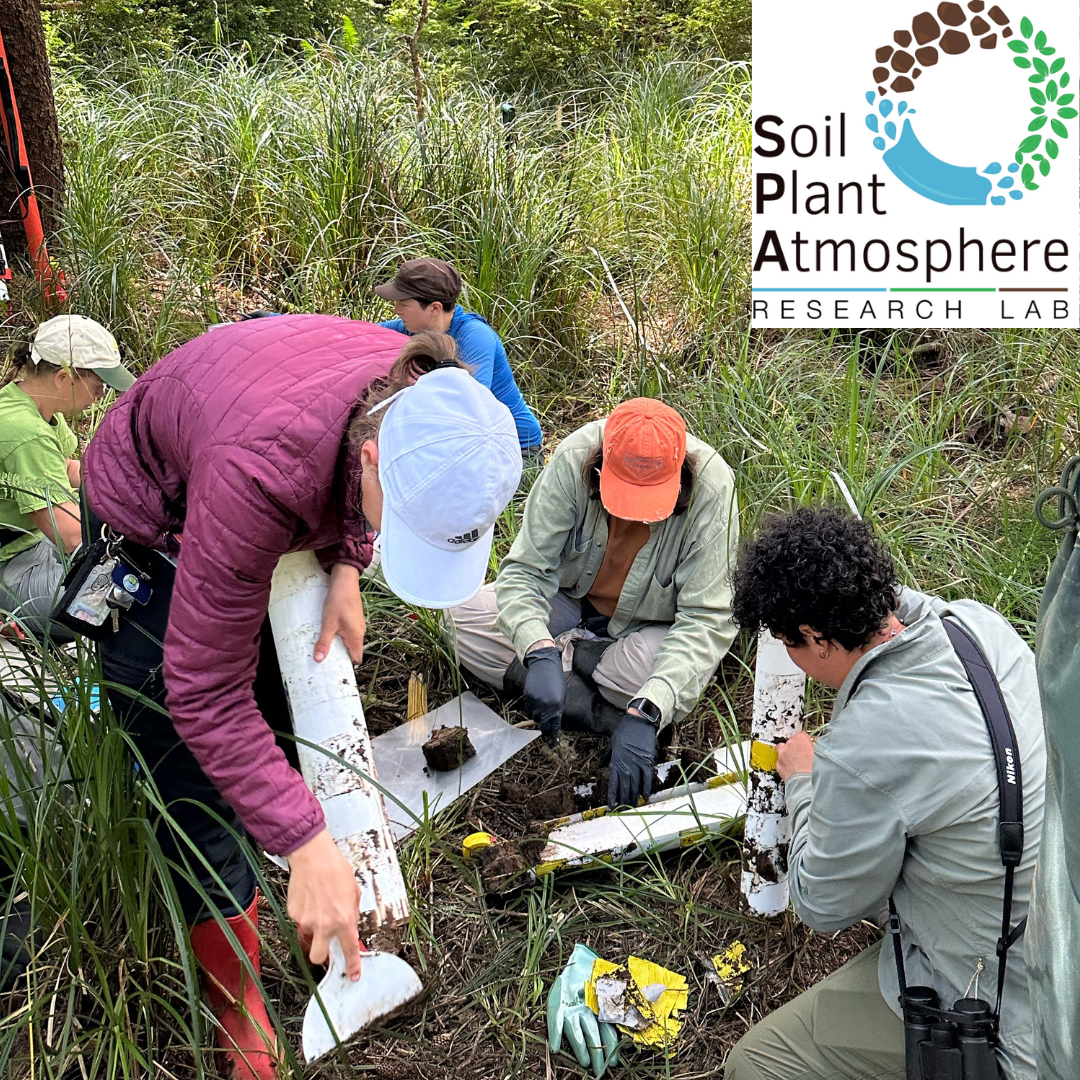WiSM - UGST112 Lab Tours!!!
Read through the research summaries of each participating lab.
Click on the lab name for more information.
Once you've decided on your top choice labs…
Ambati Lab
Knight Campus - Angiogenesis & Eye Technology
The Ambati lab is developing treatments for keratoconus and working to improve corneal healing and nerve repair. They identified sVEGFR-1 as crucial for keeping the cornea free of blood vessels, essential for clear vision. They developed therapies that trap VEGF inside cells, blocking abnormal vessel growth and complementing existing anti-VEGF treatments. The lab is creating animal models of late-onset Fuchs’ endothelial corneal dystrophy, a genetic disorder marked by endothelial cell loss and treatable only with transplantation. They demonstrated a single CRISPR-based adenovirus injection restored endothelial structure and function in mice with early-onset Fuchs' dystrophy. They also showed copper induces dopamine production and pigmentation in retinal pigment epithelial cells via Tyrosinase.
RESTORATION AND COMMUNITY ECOLOGY LAB (Hallett Lab, Biology and Environmental Science)
Biology and Environmental Science
The UN has declared a coming Decade of Ecological Restoration, but amidst enthusiasm there is growing uncertainty of what restoration means in a human-dominated age. Global changes - climate change, nitrogen enrichment, and species invasions - can turn restoration goals into moving targets. The Hallett Lab aims to produce usable science to improve restoration outcomes. We use a combination of long-term data analysis, population modeling and field experiments, and work across a variety of systems, including working rangelands, serpentine grasslands, oak woodlands, alpine and rivers.
Brozek Lab
Chemistry
The Brozek lab is a group of synthetic chemists who look at the properties of novel porous materials called metal-organic frameworks. They investigate the dynamics of these materials, electrochemical properties, and fundamentals of their nucleation and growth to make nanocrystals. These materials have potential applications in chemical storage, catalysis, filtration, and much more!
Niell Lab
Biology/Neuroscience
Research in the Niell lab is focused on understanding how the visual system performs the computations underlying our perception of the natural world, and how this enables different types of behaviors. We are pursuing this in three main branches of research : Visual processing and brain states, Natural visual behavior, and Neural circuits for vision in the octopus.
Barber Lab
Ecology and Evolution
Animals and microbes encode a variety of molecules to sense, manipulate, and defend against one another. These complex interactions can ultimately mean the difference between peaceful coexistence and a deadly infection. Our lab studies how animals have evolved to recognize and respond to pathogenic microbes, and how pathogens adapt to colonize and survive in the host environment.
mcCormick Lab
Biology/Neuroscience
By examining how neurons operate electically, and how they talk to each other chemically, we are uncovering the neural circuits responsible for behavior. We are particularly interested in the neural circuits that transforms a sensory input into a decision that is then implemented in an action. We find great hope that revealing these neural circuits will increase our understanding of not only the ordered, but also the disordered, human brain.
Soil-Plant-Atmosphere (SPA) Lab
Ecology
The Soil-Plant-Atmosphere (SPA) Lab research combines theory, experiments, and real-world observations to create new strategies for conservation, ecosystem management, and restoration. Students in our lab gain hands-on experience through fieldwork, lab experiments, and computer modeling. We collaborate with scientists and communities around the world to better understand the causes of climate change and to help reduce its impacts.
Miller Lab
Biology/ Neuroscience
In the Miller Lab, we are interested in understanding the building blocks of how the nervous system develops and functions. Brain cells, called neurons, talk to each other at specialized sites, called synapses. Chemical synapses release neurotransmitters, like dopamine, but the brain also uses another synapse, called electrical synapses. These synapses are broadly used, but we know very little about how they are formed, used or maintained. Work in the Miller lab uses zebrafish as a model organism to identify the molecules that build and maintain electrical synapses. Our goal is to uncover the basics of how electrical synapses are built so we can understand what may go wrong in different disease states.
The Action Control Lab (Dr. Greenhouse and Dr. Swann)
Human Physiology
The Action Control Lab (Dr. Ian Greenhouse) and the Swann Lab (Dr. Nicki Swann) research how the brain controls movement in both health and disease. The Action Control Lab focuses on how we start and stop our movements, while the Swann Lab studies how brain networks break down in movement disorders like Parkinson’s disease. Using tools such as behavioral testing, brain stimulation, neuroimaging, and electrophysiology, the labs take complementary approaches to reveal the physiological foundations of human movement.










